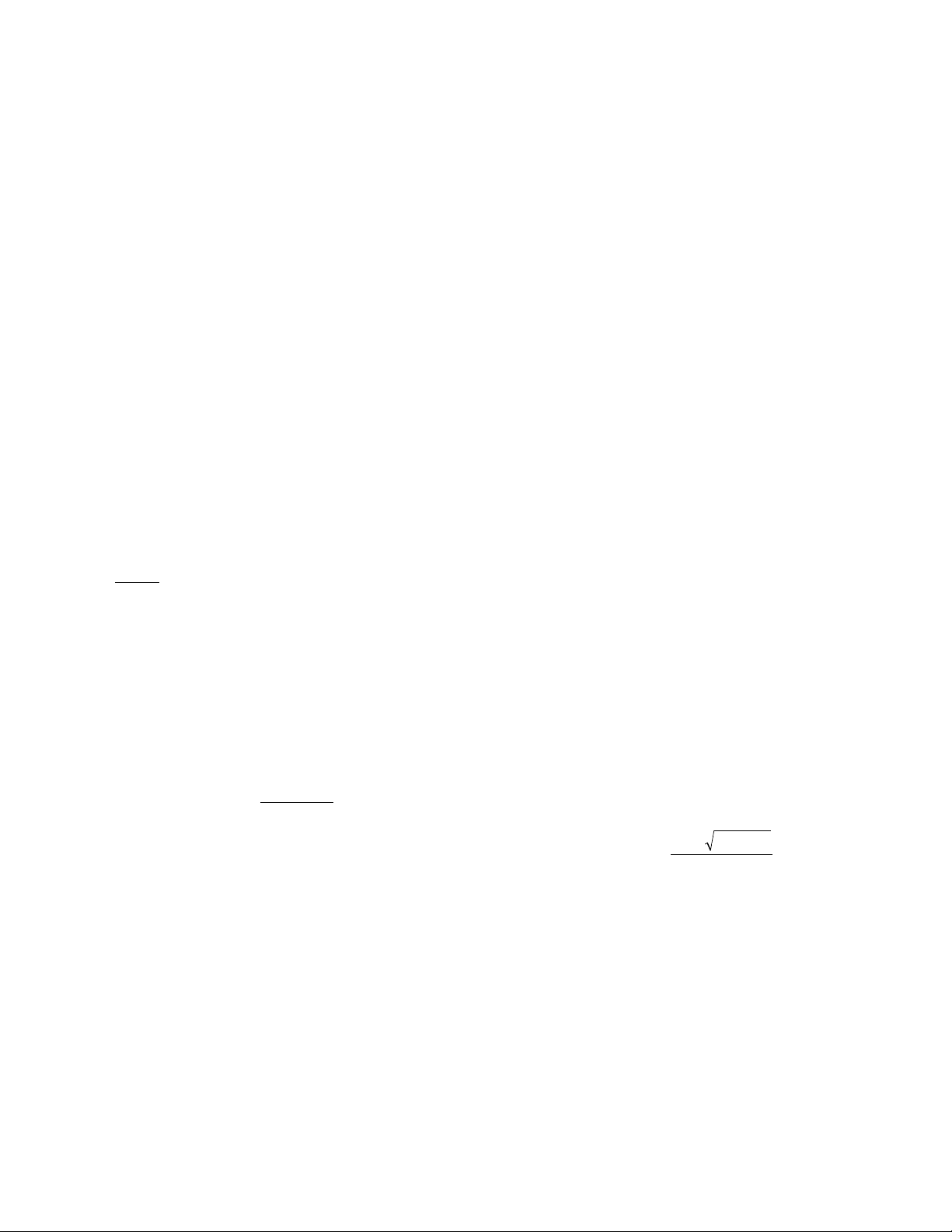
√1 + (f′(x))2
√r2– x2
4
–
3
470 solution by radicals
For example, rotating a semicircle about its diameter
produces a
SPHERE
. Rotating a circle about an axis that
does not cut the circle produces a
TORUS
.
INTEGRAL CALCULUS
is used to calculate the volume
of a solid of revolution. For the case of a curve y= f(x)
above an interval [a,b] rotated about the x-axis, subdivide
[a,b] into small segments given by points a,x1,x2,…, xn,b.
The region under the curve is approximated as a collec-
tion of rectangles of heights f(xi) and widths (xi+1 – xi).
When revolved, each such rectangle produces a disc of
radius f(xi) and width (xi+1 – xi), and consequently vol-
ume π(f(xi))2. (xi+1 – xi). The volume of the solid in ques-
tion is then well approximated by the sum of these
individual volumes. Using finer and finer approxima-
tions shows that, in the limit, the true volume Vof the
solid of revolution is given by the integral:
V= ∫b
aπ(f(x))2dx
One can use this integration method, called the
disc method, to show, for example, that the volume of
a sphere of radius ris given by πr3(Use the function
y= over the interval [–r,r].) For solids that
arise from rotating curves about the y-axis, an analo-
gous integration technique, called the cylindrical shell
method, is employed to compute volumes.
By approximating a section of the curve y= f(x) as
a series of straight line segments, revolving each seg-
ment about the x-axis, and computing the surface area
of each small frustum of a cone that results, one can
show that surface area Sof a solid of revolution is
given by the integral:
S= ∫b
a2πf(x)dx
(This assumes that the derivative f′(x) is a continuous
function.) For example, one can use this formula to
show that the surface area of a sphere of radius ris 4πr2.
In the mid-fourth century
C
.
E
., without the aid of
formal integral calculus, Greek mathematician P
APPUS OF
A
LEXANDRIA
made two beautiful geometric discoveries.
If a figure in the plane is revolved around an
axis that does not cut through the figure, then
the volume of the solid of revolution produced
equals the product of the area of the region
and the distance traveled around the axis by
the figure’s centroid.
If a segment of a curve in a plane is
revolved around an axis that does not cut
through the segment, then the surface area of
the solid of revolution produced equals the
product of the
ARC LENGTH
of the segment and
the distance traveled around the axis by the
segment’s centroid.
The centroid of a plane figure or of a segment of a
curve is its
CENTER OF GRAVITY
or balance point if we
imagine the plane figure as made of uniformly dense
material or the curve segment of uniformly dense wire.
The centroid of a circle, regarded as a plane figure, for
example, is its center. The centroid of just its circumfer-
ence is also its center.
If a circle of radius rwith center Runits from the
x-axis is rotated about the x-axis, the distance traveled
by the centroid is 2πR. Consequently, by Pappus’s theo-
rem, the volume Vand the surface area Sof the torus
produced are:
V= (πr2) ×(2πR) = 2π2r2R
and
S= (2πr) ×(2πR) = 4π2rR
See also
HYPERBOLOID
; P
APPUS
’
S THEOREMS
;
PARABOLOID
.
solution by radicals If it is possible to express a
solution to a
POLYNOMIAL
equation in terms of the
COEFFICIENT
s that appear in the equation under the
application of a finite number of additions, subtrac-
tions, multiplications, divisions, and root extractions,
then we say we have a solution by radicals. For exam-
ple, the two solutions of a
QUADRATIC
equation ax2+
bx + c= 0 are given by . These are
solutions by radicals. C
ARDANO
’
S FORMULA
shows that
any solution to a
CUBIC EQUATION
is a solution by radi-
cals, and the work of L
UDOVICO
F
ERRARI
(1522–65)
showed that the same is true of any
QUARTIC EQUATION
.
Certainly some fifth-degree equations have solutions by
radicals (the solution of x5– a= 0, namely, x= 5
√
–
a, is a
solution by radicals), but the general question of
whether or not the solutions of all fifth (or higher)
degree equations are solutions by radicals remained an
important unsolved question for several centuries. This
question is equivalent to asking whether or not there
xbb ac
a
=−± −
24
2